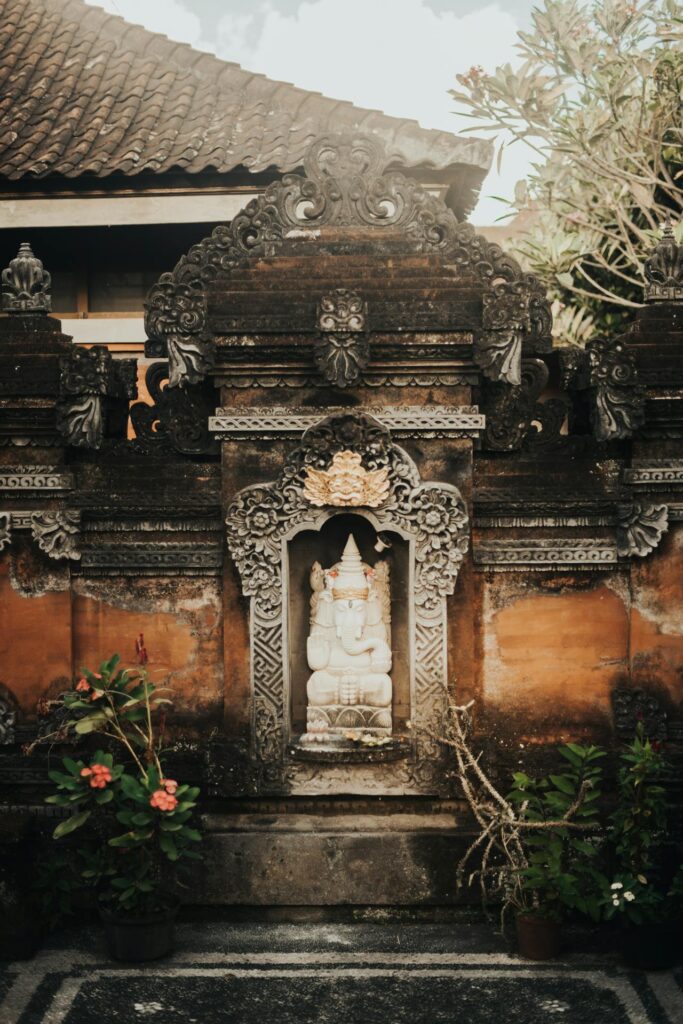Hindu Mythology: Pancha Mahabhoota, Deities, Rituals, and Psychological Impacts.
The concept of Pancha Mahabhoota, the Five Great Elements, is deeply ingrained in Hindu mythology, spirituality, and daily life. Beyond its philosophical significance, these elements are intricately woven into the fabric of Hindu rituals, deities, and psychological understanding, shaping the worldview and practices of millions.
1. Mythological Significance:
In Hindu mythology, the creation of the universe is believed to have emerged from the interplay of the Pancha Mahabhoota. Each element has its own deity associated with it:
– Prithvi is personified as the goddess Bhumi Devi, the Earth Mother.
– Jala is revered as Varuna, the god of water and the oceans.
– Agni finds its manifestation in Agni Deva, the god of fire and transformation.
– Vayu is worshipped as Vayu Deva, the god of wind and movement.
– Akasha, the subtlest element, is represented by Brahma, the creator of the universe.
2. Connection to Deities and Rituals:
Hindu rituals often involve invoking these elemental energies through prayers, offerings, and ceremonies. For example:
– Prithvi Puja, worship of the Earth, is performed to honor Bhumi Devi and seek her blessings for fertility and abundance.
– Jal Abhishek, the ceremonial pouring of water, is a common practice in worshipping Varuna and seeking purification and blessings.
– Agni Homa, the fire ritual, is performed to invoke Agni Deva for purification, protection, and transformation.
– Vayu Vandana, the worship of the wind, is conducted to honor Vayu Deva and seek his blessings for vitality and clarity.
– Akasha Dhyanam, meditation on the space element, is practiced to connect with the infinite and transcendental nature of Brahma.
3. Psychological Impacts:
The understanding of Pancha Mahabhoota goes beyond the physical realm; it also holds psychological significance:
– Prithvi represents stability and grounding, essential for cultivating a sense of security and rootedness.
– Jala embodies emotional fluidity and adaptability, teaching us to go with the flow and navigate life’s ups and downs with resilience.
– Agni symbolizes passion and transformation, igniting our inner fire and driving us toward growth and self-realization.
– Vayu signifies movement and expansion, encouraging us to embrace change and explore new horizons.
– Akasha represents spaciousness and interconnectedness, fostering a sense of expansiveness and unity with all of creation.
Conclusion:
The profound significance of Pancha Mahabhoota in Hindu mythology, rituals, and psychology reflects its timeless relevance in guiding individuals towards spiritual growth, psychological well-being, and harmonious living. By understanding and honoring the elemental energies within and around us, we can cultivate a deeper connection with ourselves, the divine, and the intricate web of existence.
Connect to Dr.Sowmya
A physician and an astrologer. Offers Astrology for Self Growth

